Doesn’t this look fantastic? Hard to believe it, but the base of this keyboard began life as a cutting board, and there’s a gallery to prove it. This is actually [androidbrick]’s second foray into this type of upcycling.
This time, [androidbrick] used a FiiO KB3 and replaced the bottom half of the plastic shell with a hand-routed kitchen cutting board. The battery has been disabled and it works only in wired mode, which is fine with me, because then you get to use a curly cord if you want.
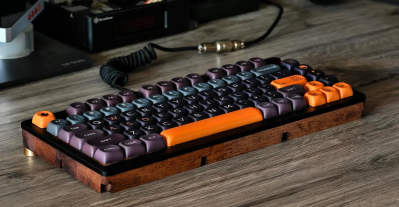
Those keycaps look even nicer from top-down, which you’ll see in the sound test video linked above. Just search ‘JCM MOA GMK’ on Ali and you’ll find them in a bunch of colorways for around $20. Apparently, [androidbrick] was saving them for months, just waiting for this build.
Via reddit
Why You Should Always Re-flash New Keyboards
About a month ago, [Artistic-Art-3985] bought the cheapest Corne available on Ali and posted a breakdown of the security and electronics.
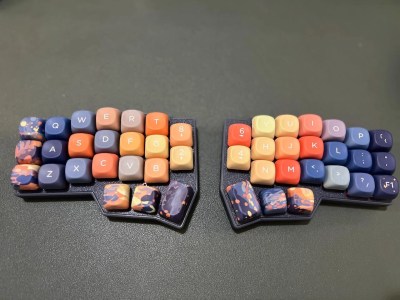
In a follow-up post, [Artistic] does a great job outlining why you should always re-flash your new keyboards, especially the cheap ones. Although it may seem like a long shot, the threat is real, and he points to a couple examples of shenanigans, like keyloggers.
In a comment to his original post, [Artistic] explains that this particular Ali Corne comes with QMK Vial, which allows you to change the layout on a whim and have it update instantly. This means you don’t have to flash it, but you should, and it’s easy to do and either stick with Vial, or move to straight QMK. He also outlines how it’s done.
The Centerfold: the Hackaday Every Day Carry
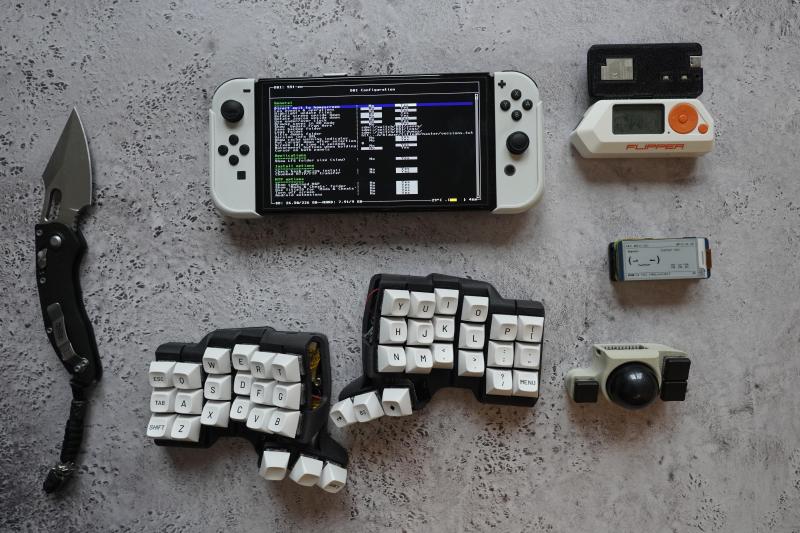
So what we’ve got here is a Skeletyl keyboard along with some friends, like a Flipper Zero and a Pwnagotchi. Who knows why the knife, but then again knives are useful I suppose. I really dig the cute little trackball, though it seems like it would be fiddly to actually use. This series of posts by [devpew] kicked off a whole everyday carry thing on reddit, which was enjoyable.
Do you rock a sweet set of peripherals on a screamin’ desk pad? Send me a picture along with your handle and all the gory details, and you could be featured here!
Historical Clackers: My Own Personal Holy Grail
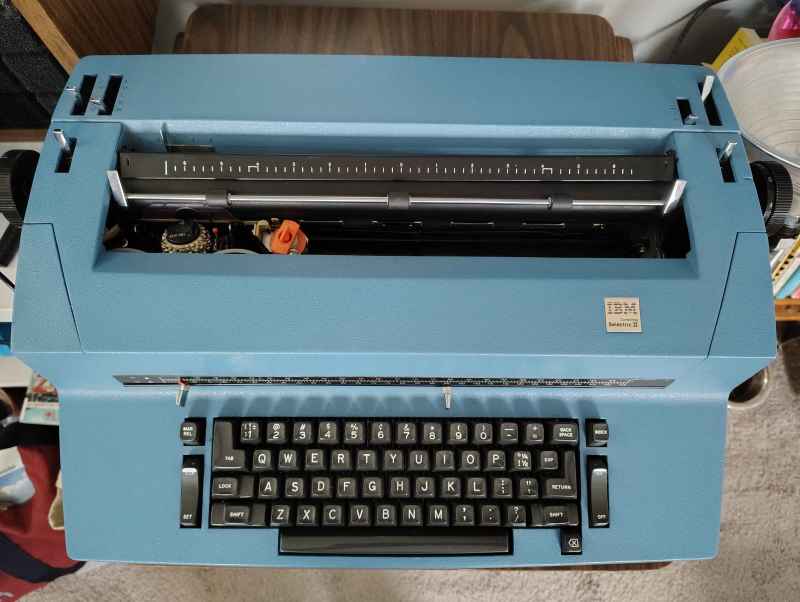 So your girl did some wheeling and dealing this weekend and traded four machines plus some cash for her holy grail typewriter, a blue correcting IBM Selectric II. She also got a typewriter table and a dust cover in the deal. It was quite a weekend, really. Got a surprise band saw for late-Christmas, too.
So your girl did some wheeling and dealing this weekend and traded four machines plus some cash for her holy grail typewriter, a blue correcting IBM Selectric II. She also got a typewriter table and a dust cover in the deal. It was quite a weekend, really. Got a surprise band saw for late-Christmas, too.
Here’s the best part. When I bought Selectric Blue (it was between that and calling her “Bertha the Bluegirl”), she was in a tan case. A grail for sure, but not the holy grail. I was happy enough to get a working II, mind you. But on a whim, I asked the guy if he ever saw any green ones come across his bench. I don’t know why I didn’t ask about blue; it’s my favorite color after all. But then he tells me he has blue and black cases available right then, though they probably wouldn’t fit the machine I bought. But then we figured out that they did, and I met up with him the following day to turn her blue. Now she’s all I ever wanted. I even got the type ball of my dreams — Adjutant.
(Note: I still love my IBM Wheelwriter 5, which is basically the 80s version of the Selectric. I just love them differently, is all, like having a pair of cats. The Wheelwriter is plastic, for one thing, and the Selectric is almost solid steel. But the Wheelwriter is so snappy and types so crisply, so…)
So, you probably want to know things about the Selectric II. It is the sequel to the Selectric I, which was only called the I after the II came out. The original Selectric wowed the world with its spinning golf ball type element, which replaced the swinging type bars of most typewriters and hearkened back to. My machine is in a way the Selectric II.5, as the first IIs introduced in 1971 didn’t have correction built in — that came along in 1973.
So much has been written about Selectrics. But did you know they were part of Cold War-era espionage?
ICYMI: Casio Calculator Gets New Keyboard
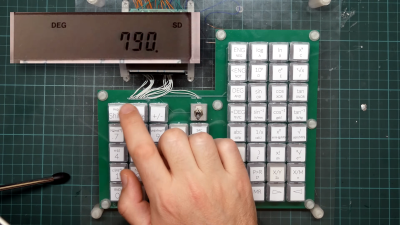
[Poking Technology] had one with a broken membrane keyboard and decided to upgrade it to a mechanical keyboard. Of course, it’s no longer pocket-sized, but who’s counting?
If you like build detail, you’re in for a treat, because there are two videos covering the entire process. It was a challenge to disassemble the thing, and soldering wires to the keyboard was no picnic, either — some lines are on the back of PCB and go under the main IC on their way to the top. Excellent work, [Poking]!
Got a hot tip that has like, anything to do with keyboards? Help me out by sending in a link or two. Don’t want all the Hackaday scribes to see it? Feel free to email me directly.
















Some really beautiful creations, love it!
I follow the “Keebin” posts not for any love of keyboards themselves, but for the infectious joy, as it is impossible not to feel good about someone else just having THAT much fun, and as a result, I mention keyboards in real life, and lo!, the keyboarders are legion, but then they get slitty eyed
as they can tell, I’m not truely one of them.Always well written.
I used to have a Selectric back when I was in university. I fondly remember it’s unique soft whir on standby. The sound various typewriters make doesn’t get enough consideration IMHO.
The Selectric II is beautiful. Never owned one but they were office standard, all brown. The keyboard is beautiful too, the little bit of orange makes it pop. Thanks!